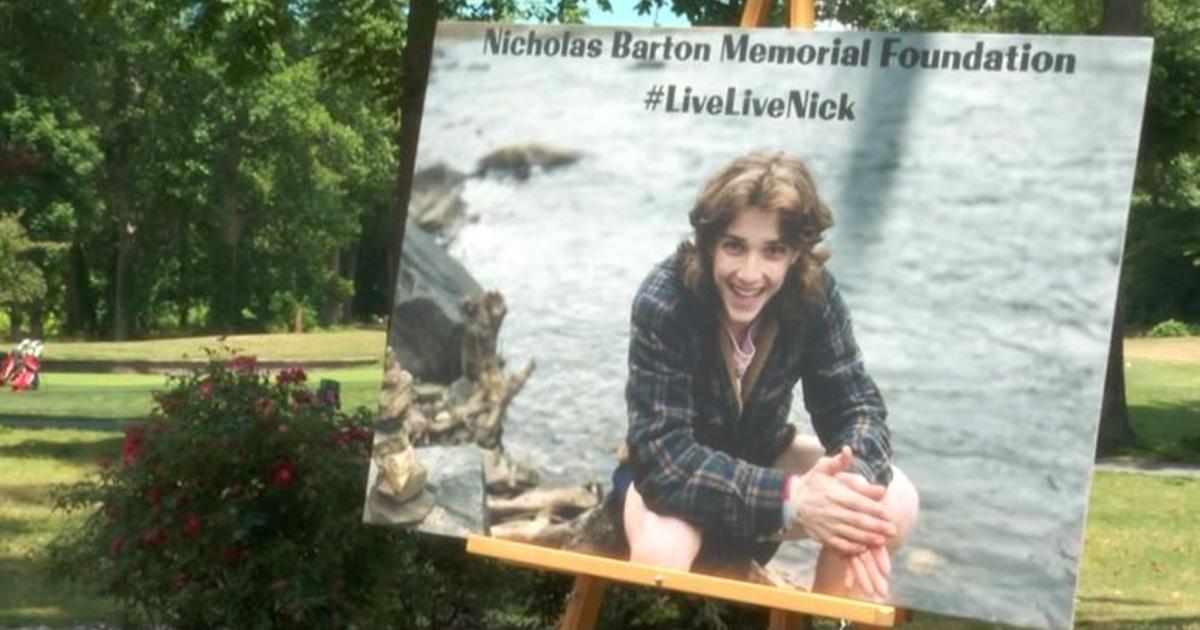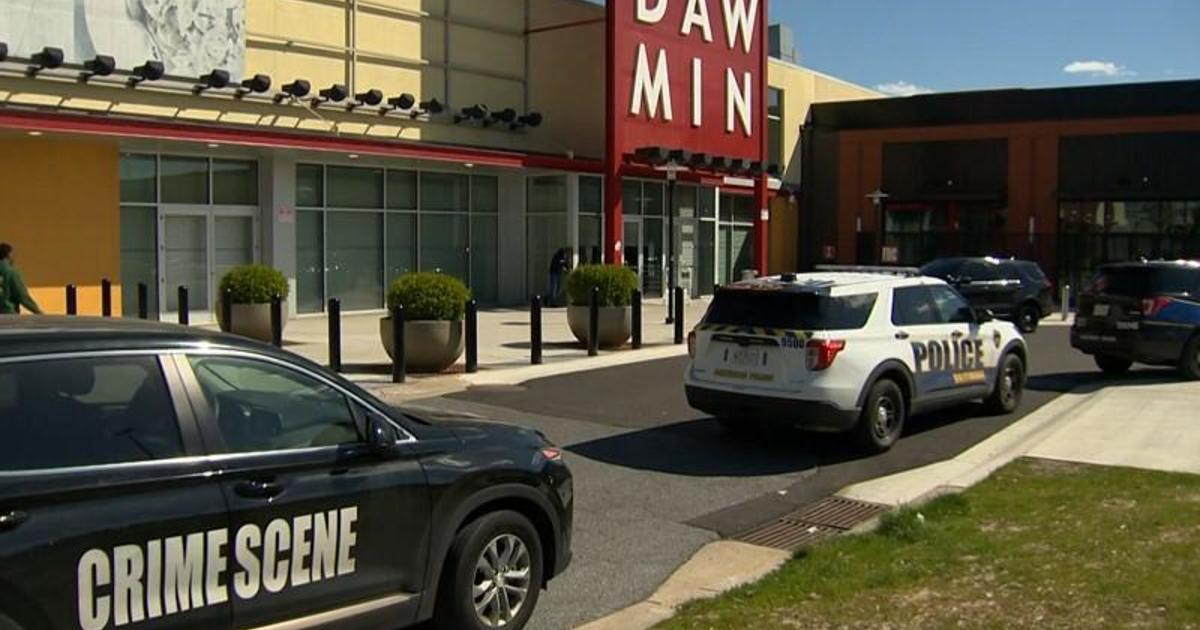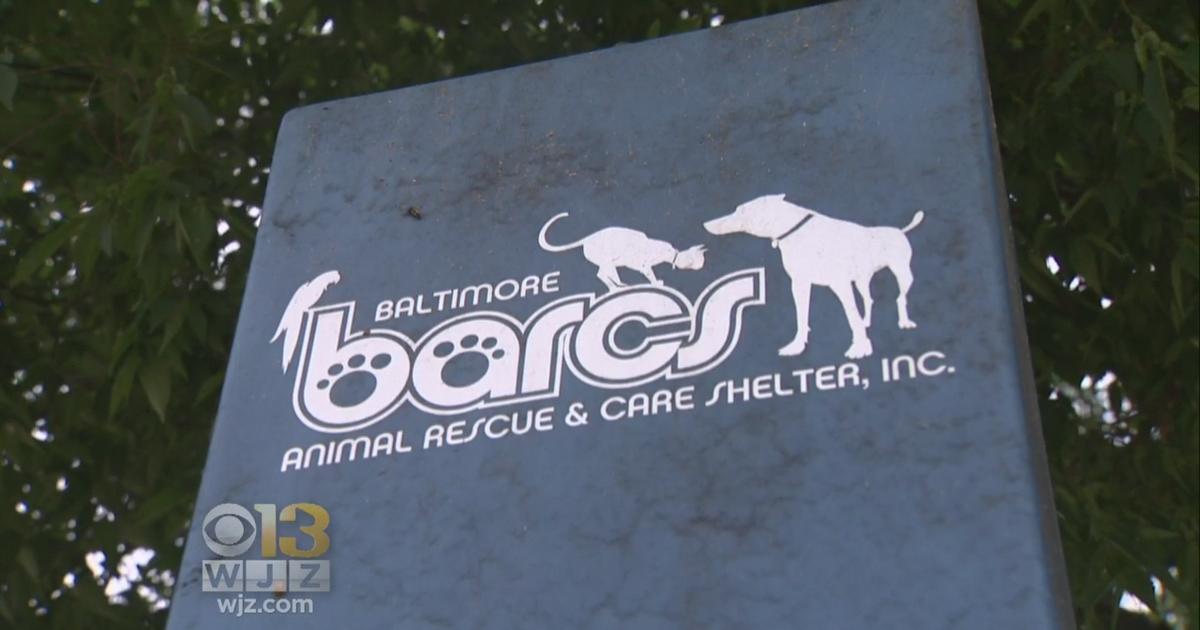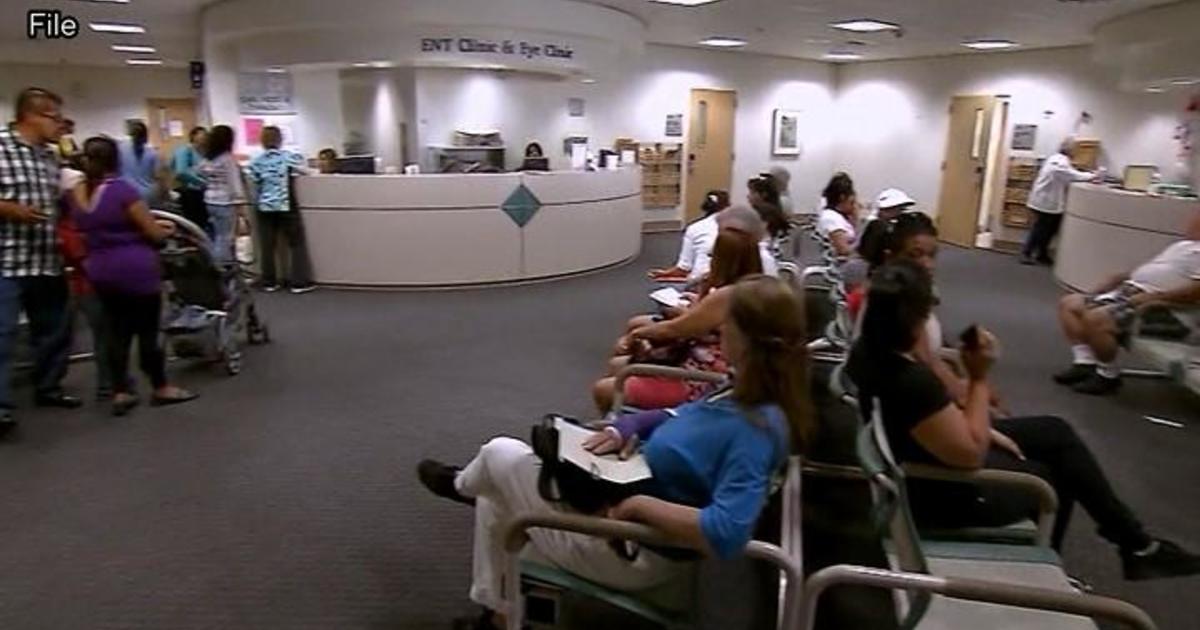Scientists Monitor Water Quality In Baltimore's Inner Harbor
BALTIMORE (AP) — As a rule of thumb, it's not safe to swim in Baltimore's Inner Harbor. Even a splash could make you sick.
But a new water quality tool could show that some times are safer than others for fishing, kayaking or dragon boat racing.
For a decade now, local water quality advocates have been collecting samples from around the Patapsco River and sending them out for bacterial testing. About two weeks later, they'd get results that would get factored into annual water quality report cards.
Now, Blue Water Baltimore, a group that monitors and advocates for the city's streams, rivers and harbor, has expanded into testing them, too. Samples it collects around the harbor each Thursday come right back to the group's Remington offices, where the scientists learn within 24 hours how much fecal contamination they contain.
The data gets posted every Friday on baltimorewaterwatch.org — or, another URL organizers said reflects a common question the group receives: Howsthewaterhon.org.
It often confirms warnings to avoid contact with the water, revealing that the murky waters contain enterococcus bacteria — and likely pathogens like Giardia and Staphylococcus aureus, too. But the measurements also could serve to actually encourage recreation on the water.
Organizations like the Baltimore Sailing Center already are checking the data so they can advise boaters on days even incidental contact with the water is unwise.
"It makes a big difference for us," said Stuart Proctor, the center's executive director. "I think it's a huge step up."
Sewage enters the harbor through cracks and breaks in the city's century-old waste disposal system. Heavy rain inundates the pipes, causing overflows of millions of gallons of stormwater laced with sewage. Even in dry weather, sewage drips through illegal connections to what is supposed to be a separate system of pipes for carrying stormwater.
Amid 2018's record rainfall, the contamination totaled 260 million gallons. But as the city Department of Public Works carries out more than $1 billion in sewer upgrade projects required under an agreement with federal and state environmental regulators, the contamination is expected to decline in the coming years.
On a recent morning after a rainstorm, the Blue Water scientists set out on the harbor for their testing. The calm water looked relatively clear — despite the rain, could it be cleaner than they thought?
Angela Haren, the Baltimore Harbor Waterkeeper, lowered a long plastic tube known as a Beta Bottle a meter down. She slid a weight down the cable suspending the device, closing a cap and collecting a few liters of the harbor water inside. At each of eight locations from the Canton waterfront to the Maryland Science Center, she poured samples into smaller plastic bottles from a spigot at the end of the tube.
Alice Volpitta, Blue Water's lead water quality scientist, took readings of other water quality measures using another tube-shaped device known as a Hydrolab. Sensors protruding from one end of it detect parameters including temperature, pH and oxygen content. On this day, it reads about 77 degrees and slightly basic.
"That's pretty good," she said.
The oxygen content was 116 percent — a bad sign, however. Nitrogen and phosphorus contained in sewage and other pollution fertilizes blooms of algae that create a surplus of oxygen while they're alive, but create uninhabitable dead zones devoid of the gas when they die and decompose.
Back at Blue Water's offices in Remington, Volpitta mixed the harbor samples with a reagent used to reveal enterococcus bacteria and poured them into trays similar to ice cube trays. The trays get incubated for a day at 106 degrees, and then they're placed under a black light. The more squares that glow fluorescent — a sign that enterococcus is present — the more foul the sample likely is.
"Sometimes it's easier to count how many aren't fluorescing," she said.
Blue Water spent $10,000 on its testing technology, using donations from benefactors including the Jim and Patty Rouse Charitable Foundation, Haren said. Sending samples away for testing by a third party helped produce report cards that have shown harbor water quality is improving, but still poor.
But it wasn't very useful to the public, she said.
"Essentially we could have told you that two weeks ago bacteria was above safe levels," she said.
Now, the information comes within 24 hours.
The next day, any hopes that the water was miraculously clean were pretty much dashed. Bacteria in samples from around Fort McHenry and Ferry Bar Park on the Middle Branch fell within a legal limit for safe water contact, but exceeded it by the Science Center, the World Trade Center and the Canton Waterfront Park.
At the mouth of the Jones Falls, between Pier Six and the Marriott Waterfront Hotel, they exceeded it by a factor of nearly 17.
Kathy DeFrancesco, captain of the Canton Kayak Club, said she sometimes cancels large club excursions on the harbor if she hears about a bad case of sewage pollution. As a leader of the group, she worries about putting others in a potentially dangerous or unhealthy situation — like when one member tumbled into the water while getting off a kayak at Tide Point. She urged the woman to go straight home and scrub in the shower.
But apart from word of mouth, DeFrancesco said she has no way to know about any unusual hazards on the water on any given day. When she learned about Blue Water Baltimore's new testing and website, she said she planned to share it with kayak club members.
Proctor, of the sailing center, checked the Howsthewaterhon.org website June 21. The center trains new sailors from the same dock Blue Water scientists use to launch their research boat.
It would help if instructors didn't have to warn nervous students to avoid any and all contact with the water on some days, so Proctor said he's happy to use the data each week — as disappointing as the results often may be.
"It just shows we have a long way to go to get those numbers down within the passing range," he said.
(© Copyright 2019 The Associated Press. All Rights Reserved. This material may not be published, broadcast, rewritten or redistributed.)



